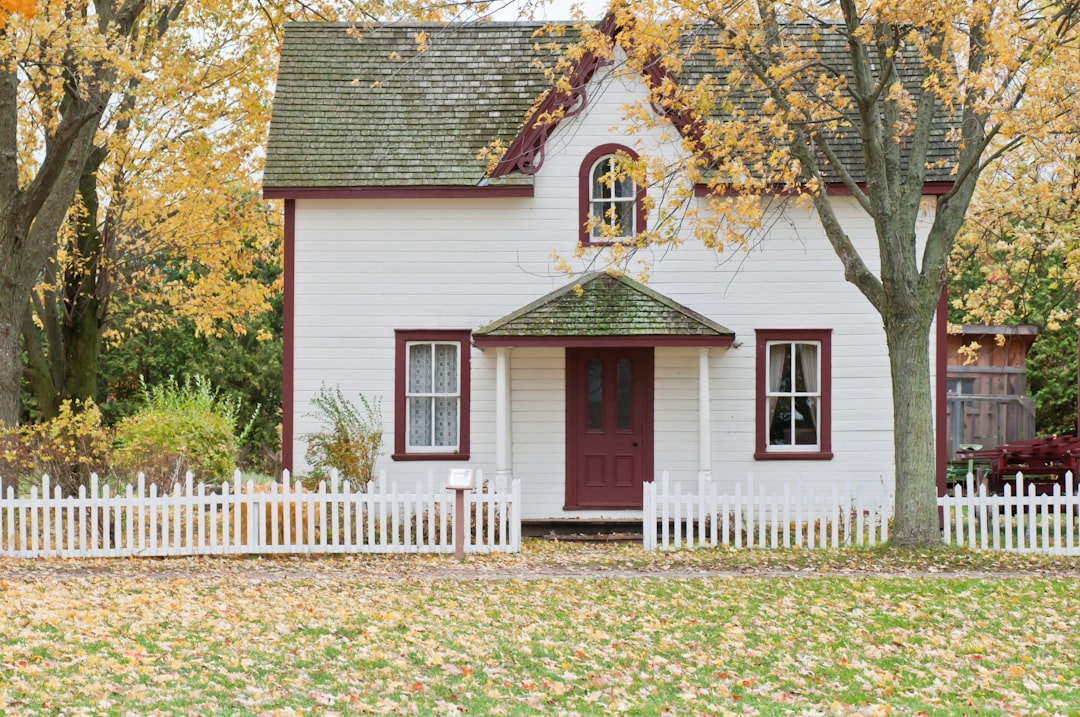Content Attributes
Blown-in insulation, also called loose-fill insulation, is a type of insulation installed in attics, walls, and ceilings by blowing it into the space with a special machine. It’s a good option for those who want to insulate their home but don’t want to deal with installing traditional insulation. Loose-fill insulation is also an excellent option for adding insulation to an existing home.
Loose-fill insulation is typically made using either fiberglass or cellulose. Both insulation materials are suitable options, but they differ in a few ways. Fiberglass insulation is made of tiny glass fibers and is a popular choice because it is affordable and easy to install.
On the other hand, cellulose insulation is made of recycled paper products treated for fire resistance. It is a good choice for those who want to reduce their environmental impact, as it is made from recycled materials. Cellulose insulation also performs better than fiberglass insulation, as it can better control moisture and pests.
Now that you know what blown in insulation is, you may be wondering about the benefits of this insulation. Today, we’ll cover some of the most notable benefits of loose-fill insulation.
Loose-fill insulation can help reduce noise levels

Blown-in insulation can help reduce noise levels, which can be especially helpful if you live near a busy street or airport. This insulation can help reduce noise levels in your home in several ways. First, it helps to deaden the sound traveling through the walls or attic.
It also helps to keep the noise from outside from entering your home. Finally, it helps to keep the noise already in your home from escaping. If you are looking for a way to reduce noise levels in your home, loose-fill insulation may be your solution.
Blown-in insulation is a good option for insulating older homes.
Loose-fill insulation is a good option for insulating older homes as it can be installed in areas that are difficult to reach with other types of insulation. With this ease of installation, you can quickly and easily fill in any gaps or crevices in your home’s insulation, ensuring that your home is properly insulated and comfortable all year long. Loose-fill insulation is also great for insulating attics, known for their hard-to-reach spaces.
Loose-fill insulation provides better insulation

With blown-in insulation, small pieces of insulation fill in all the cracks and crevices. As a result, this type of insulation is a better insulator than other methods, such as batts insulation. This insulation is more effective at stopping heat transfer because it forms a complete seal around objects.
It also does a better job filling small spaces, which is important for insulation because heat travels through small spaces more easily than in large spaces. This way, it can reduce energy bills and keep your home more comfortable.
Blown-in insulation is a fantastic option for homeowners who want to improve the energy efficiency of their homes, and it’s a remarkably effective way to reduce heat loss in the winter and heat gain in the summer.
Blown-in insulation can be more environmentally friendly.
If you choose cellulose insulation, your blown-in insulation can be more environmentally friendly than other options. There are several reasons why blown-in cellulose insulation is more environmentally friendly than other types of insulation. First, cellulose is made from recycled materials, so it helps reduce waste. Second, it’s a natural product, so it doesn’t release harmful chemicals into the environment. Finally, it’s a renewable resource, so it won’t run out or damage the environment like other insulation types.
Consider blown-in insulation for your home.
There are many different benefits to choosing this type of insulation for your home. If you want to save money on your energy bill, have a better-insulated home, reduce noise, and reduce your carbon footprint, this insulation is the best choice.



